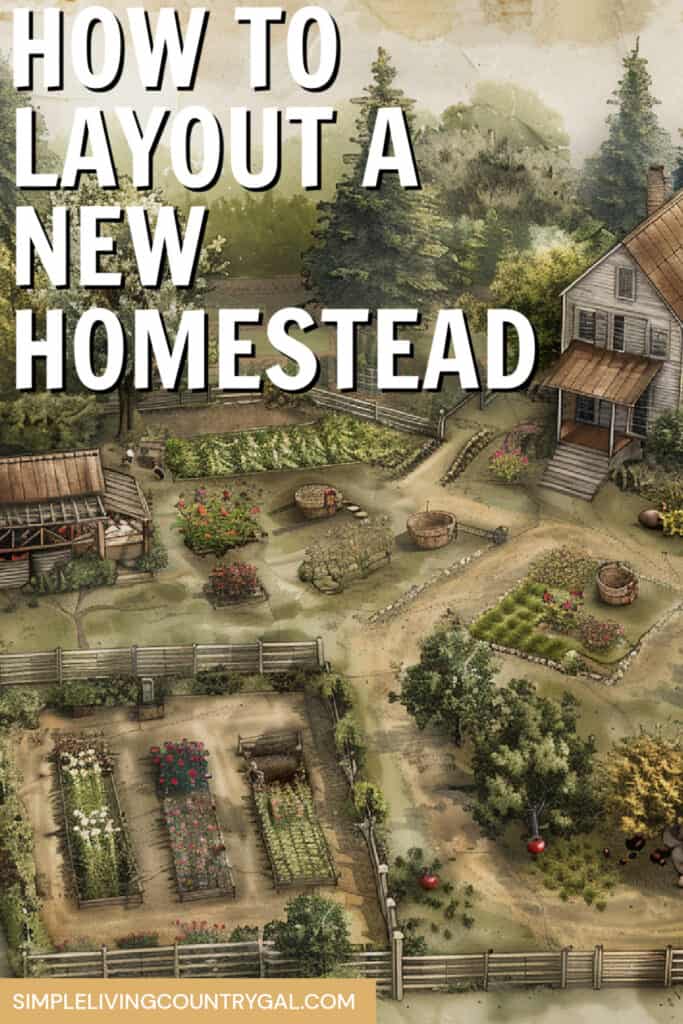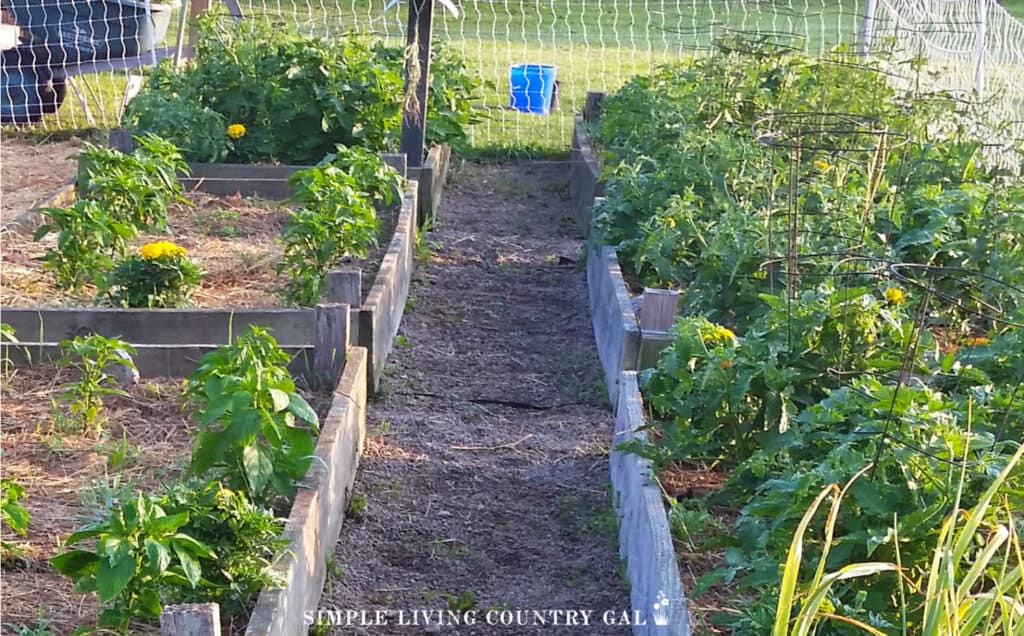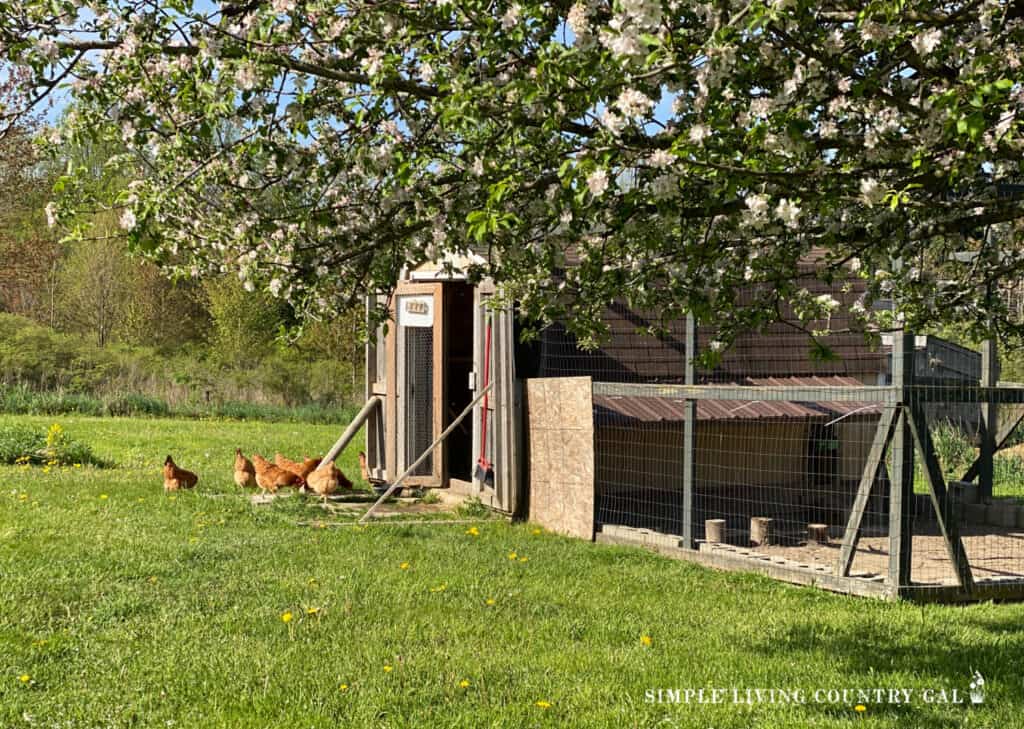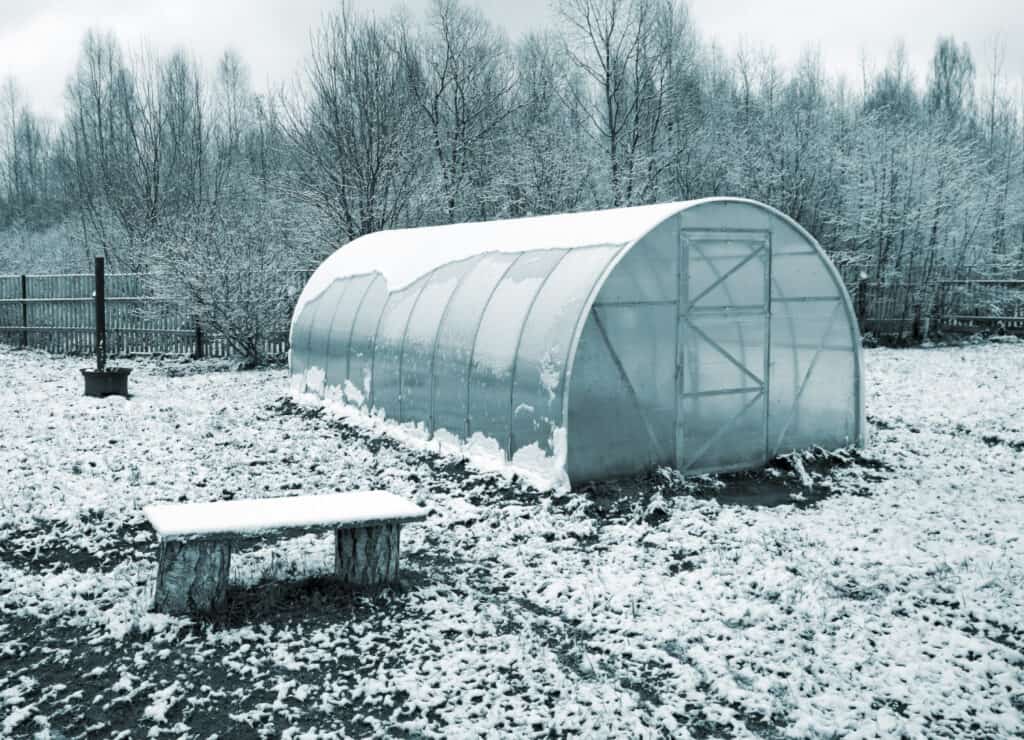homestead layout planner
Living a life that is self-sufficient all begins with a plan and this guide on how to setup and use a homestead layout planner will get you started out right. Know what you want to have on your homestead and the best location for it so you can plan things out turning your property into an efficient and reliable setup.
Homesteading tips that use planning as the backbone to living a more self-reliant life. One where you depend on what you have at home keeping you out of the stores and keeping more money in your pockets.

I was born a city girl and ever since I was a little girl I longed to live in the country. So when my husband and I built our first home on an acre of land I was excited to begin setting up a homestead. I dove in head first skipping over one important step.
Planning.
I quickly learned that by not having a plan things were a mess and if I wanted our homestead to be a lifestyle for our family I needed to take a step back and get to planning our layout and a setup schedule we could follow along to.
No matter where you are in your life right now, a young family, a midlife couple, empty nesters or a single person living on your own, we will get you on track planning out the homestead layout that will work best for you.
Having a plan for your homestead
Mapping out a homestead layout is similar to designing a small farm. It takes the land you have now, includes the natural features, and creates a map that uses the space in the most efficient way. Think of this as the blueprint for your self-sufficient living home.

Step #1. Evaluating Your Space
Start by taking a look at the amount of land you have. The size of your property will determine the size of each area you hope to include. Be sure to get your size in acres or square feet, and decide how much you want to devote to growing food, raising animals, composting, renewable energy, and other areas you are interested in.
Be sure to grab the FREE Homestead Layout Worksheets below!
Be sure to really look at the land you have now asking the following questions making a note of each answer to use when mapping out the locations of each area.
- Is your land flat or sloped?
- Do you have any streams or lakes?
- Do you have any wet areas?
- Is there woods or briar patches?
- Do you have heavily shaded areas or spots that are in full sun all day?
The answers to these questions matter and knowing them specifically will better help you to map out a homestead that has a better chance of being successful.
Step #2. Make a List
What do you hope to have included in your homestead? Think long term for this step as it will better help you to know just how much space you have to devote to each area. A few ideas are:
- Vegetable garden
- Orchard
- Small Livestock areas – Sheep, pigs, goats, chickens
- Large livestock areas – Cows, horses, Llamas, alpacas
- Beekeeping hives
- Composting area
- Rainwater harvesting systems
- Greenhouses or cold frames
- Storage areas for farm tools and livestock feed
Each of these areas needs its place and should be situated in the most efficient location possible. This means you will want to know things like, sun exposure, drainage, water sources, and proximity to resources.
ZICOTO Aesthetic Spiral Notebook Set of 3 For Women – Cute College Ruled 8×6 Journal/Notebook with Large Pockets And Lined Pages – Perfect Supplies to Stay Organized at Work or School


Creating Your Homestead Layout Map
Next, you will need to create a map of your property so you can better decide what will be housed where. This will be your guide going forward as you work to add in each new element on your list.
Step #1. Plotting Your Map
Start by drawing a basic map of your property to scale. Include and label any permanent structures already in place, like your house, barns, or fences. Mark existing trees and plants that you will work around or integrate into your design.
If you plan to have livestock, a pasture may be needed and since this will be the largest area, you will want to map that out first. Research the animals you plan to raise to ensure you have enough space for grazing.
More Livestock Guides:
Next, decide where each main area of your homestead should go doing your best to keep things efficient. For example, you’ll want your vegetable gardens close to your house for easier care, the orchard should be in a sunny place, and your chicken coop will do best near to your garden or compost area.
Next, consider the placement of paths and access ways. These need to be wide enough for ease of movement for your lawn equipment such as a riding mower or a tractor. You may also want to include features like seating areas, tool sheds, and compost bins along these pathways.

Step #2. Consider Growth
Once you’ve placed the major areas, you’ll need to decide on the growth scale of each. For example, how big do you want your vegetable garden beds? How many fruit trees do you have space for in the orchard? How many chickens do you plan to raise? What livestock will you have and how much pasture will you need?
Lay these elements out on your map, keeping in mind the spacing and placing that they need for now and any future growth. At this point, the goal is to fit your designs into your space in the most efficient way possible.
Tips for Effective Homestead Planning
Planning a homestead is more than just a map and layout plan, it also involves thinking about the overarching goals you have for your homestead and how you can achieve them over time.
Step #1. Long-term Goals
What is the ultimate vision for your homestead? Maybe you want to be completely self-sufficient, live off the grid, or grow a certain percentage of your own food. Write these down and use them as benchmarks as you grow.
Step #2. Short-term Steps
Break down your long-term goals into short-term steps. Steps will create a schedule ensuring you stay on track with your growth. This could be setting up the chicken coop in the first three months, then the goat pen in the next three, and a pasture soon after that. Each step gets you closer to your long-term goal.

Step #3. Quarterly Projects
For each season, plan the projects you need to complete. This could involve preparing your garden beds for planting in the spring, harvesting and preserving food in the fall, or winterizing your animal shelters in the winter.
Learning as You Go
One of the most important things to remember with homesteading is you are always learning. Learning new skills, new techniques, and new ways to be efficient and stay within budget.
Step #1. Seasons
Each season offers its own challenges and being prepared will help you to handle each new challenge without stressing out. Your homestead should be designed to work with the seasons. For example, use cold frames to extend your growing season, have shelters built so they face away from the natural wind direction, use winter months to clean and organize your barns and outbuildings.

Step #2. Understanding Your Environment
Know the resources you have. Learn about the makeup of your soil, understand the frost lines, know the pH levels where you grow your food. Also, understand your gardening zone and what plants will thrive in your area. Research the livestock you hope to raise and understand what care they will need where you live.
In our area, the soil is deficient in Selenium and that means we need to give supplements to any livestock that we raise. If you are not sure, you can contact your county extension office or your local 4H group and ask.
Budgeting Tips for Your Homestead Layout Planning
Homesteading is about living a self-sufficient life and that includes living within your means. Keeping and maintaining a budget as you start and grow your homestead will ensure you are more successful from the start.
Step #1. Know Your Financial Limits
Be realistic about what you can afford. Create a budget that outlines your income, expenditures, and how much you can dedicate to building your homestead.
Step #2. Prioritize Spending
What are the most pressing needs for your homestead? Prioritize spending so you incorporate the most important areas first and be willing to make adjustments if needed. This might mean investing in a larger chicken coop before building a barn and fencing in a pasture.

Step #3. Repurposing and Making Do
One of the beauties of homesteading is resourcefulness. Repurpose materials when possible for construction projects or building new structures. This approach not only saves money but also contributes to sustainable living.
Homesteading is a lifestyle that is as rewarding as it is challenging. With a carefully planned layout that allows for growth over time, you can build a setup that checks all the boxes on your homestead layout planner.




